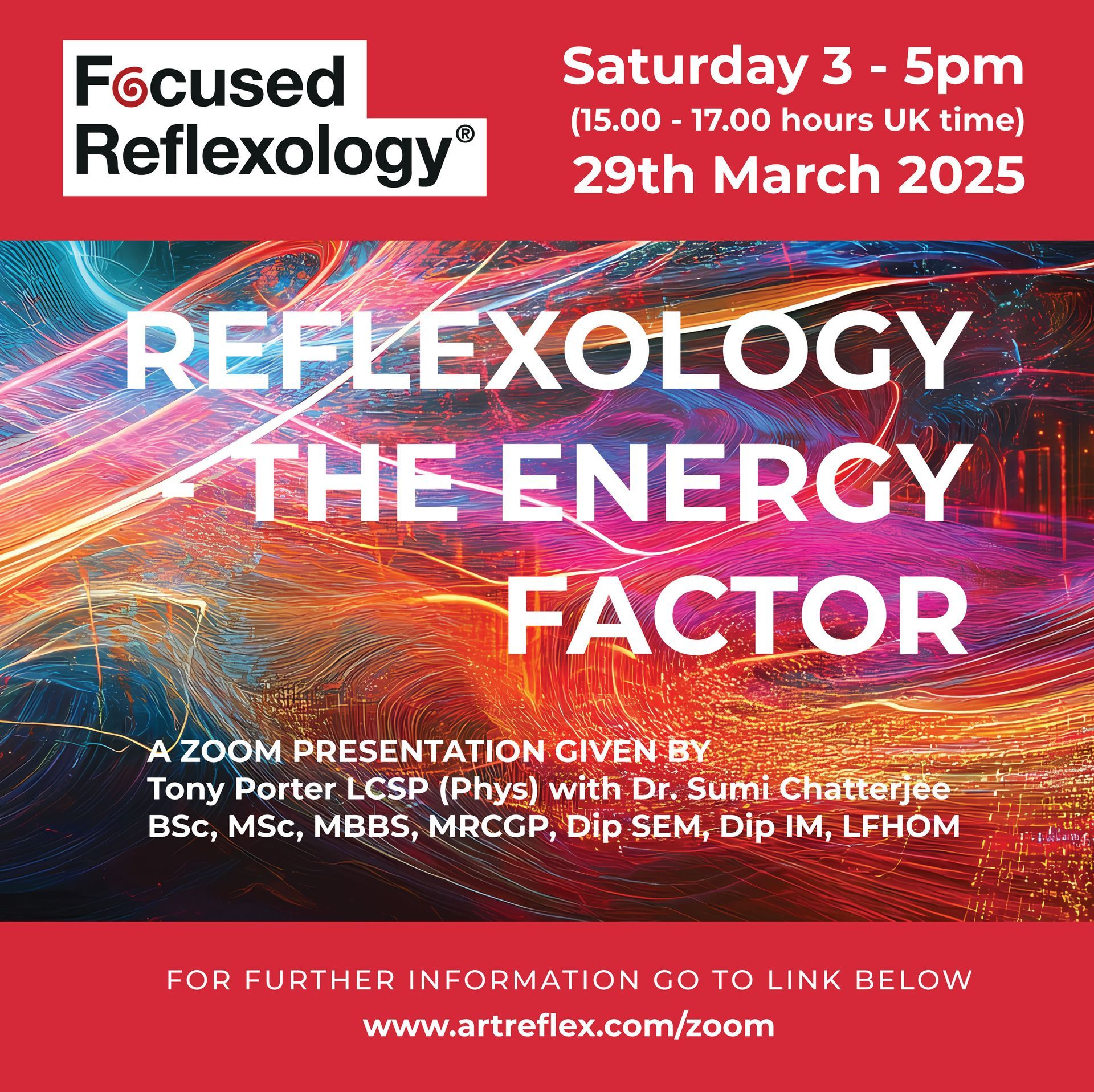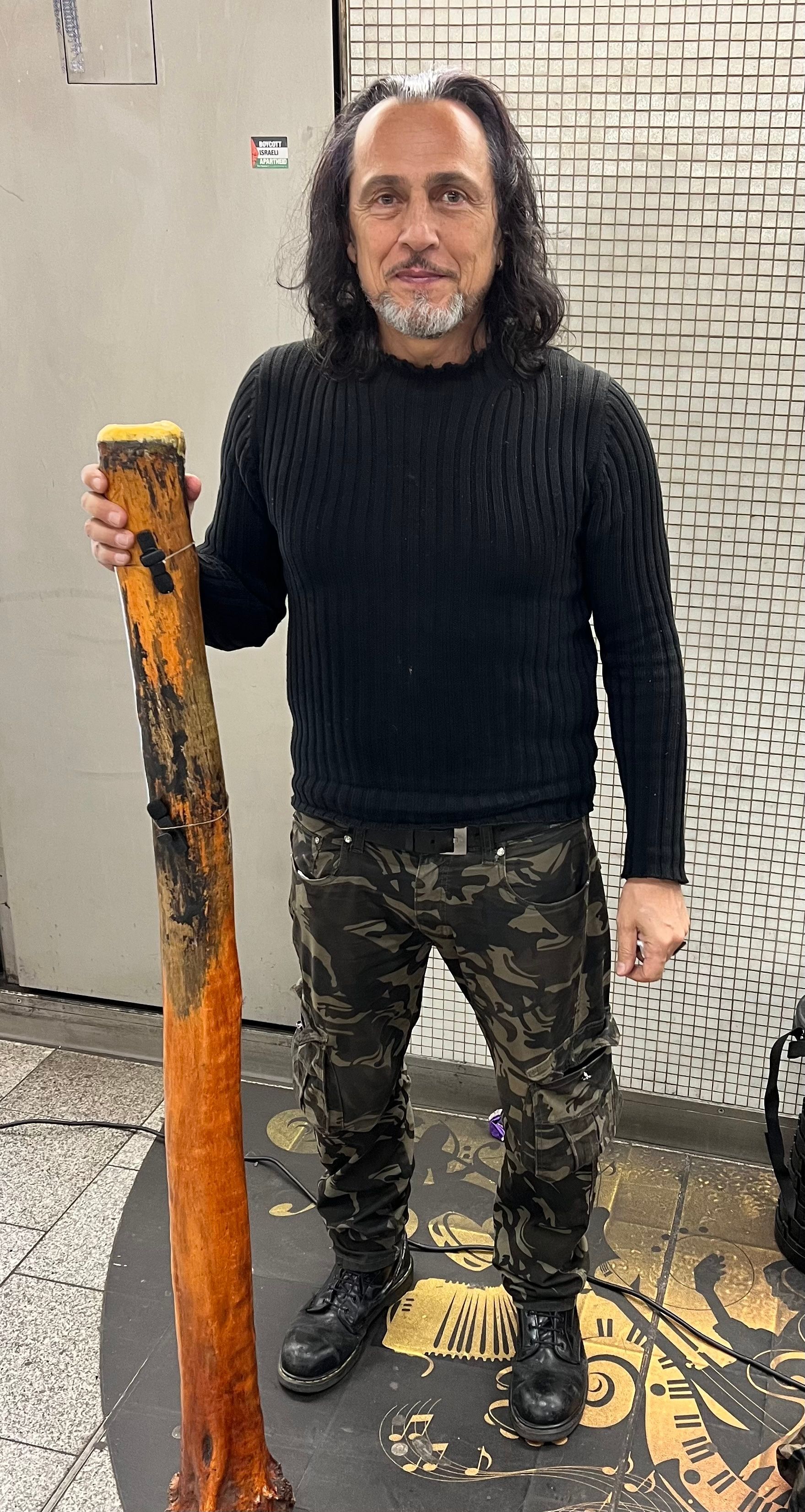THE SLIPPERY SLOPE OF REFLEXOLOGY
The slippery slope of reflexology

I am not writing this article with any sense of animosity but one of concern for the therapy, which has occupied a substantial part of my life for fifty-five years. It is also difficult for me to convey the essence of the article to those on the first rungs of their reflexology career or to those who are relatively new to the therapy, as they will have no point of reference as to how reflexology used to be.
I am well qualified to raise this subject due to my association with Dwight Byers, nephew of Eunice Ingham, which began in the early 1970s. From this meeting came an association lasting over 47 years until his death in August 2020.
Through this association, I became thoroughly immersed in the ‘Ingham method’ of reflexology, which today is referred to as classical reflexology. It is this which makes a good starting point to explain the subject of this article.
The classical reflexology techniques
Classical reflexology is far more than just the thumb and finger walking technique — it is an entire protocol where the hand supporting the foot also assists in working the reflexes.
The classical techniques are not confined to finger and thumb walking, which is how those unaware of the original concept believe it to be. It is one part of an extensive protocol.
The major factor is that it is essential to be performed without using a lubricant—this leads me to the nub of the subject.
The slippery slope of reflexology
The inclusion of lubrication in reflexology has increased substantially over the past few years. A search of the various media outlets will reveal multiple examples of ‘reflexology’ which is shown as a gentle massage given by the thumb (usually on the plantar surface) of a foot that is dripping in a lubricant. However, this is not reflexology — if a foot massage is intended, that is all well and good.
This increasing trend is derogating reflexology into that of a spa or foot, pampering treatment — throw in a few orchids to complete the picture, and there you have it.
It is fortunate that there still are practitioners throughout the world who are practising, teaching and promulgating genuine and effective reflexology, much to the benefit of patients and students alike.
There is a place for the inclusion of a lubricant in reflexology and an important one at that, just as long as it is the correct type and used in conjunction with the appropriate techniques specially formulated for that purpose.
The Piezoelectrical effect
This is produced when tissues in the body are put under stress, such as pressure or squeezing, which takes place on the feet when the classical techniques are used. When the supporting hand, as well as the working hand work in unison, various types of traction to the skin and deeper tissues are created, which I believe creates a Piezoelectrical effect throughout the body. This explains why people receiving this type of treatment feel so energised after a treatment.
The same types of traction cannot take place when lubrication is used.
This is a small part of an extensive subject, too big to include here. I will possibly organise an online presentation later in the year.
My Best Wishes
Tony










